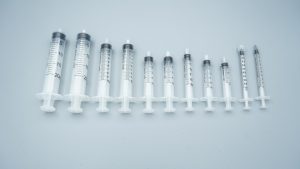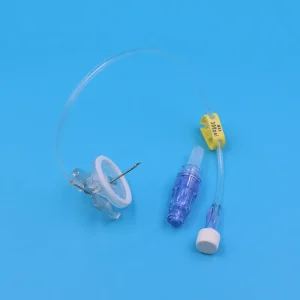Introduction
Syringe safety is a critical concern in healthcare settings, directly impacting patient safety, healthcare worker protection, and infection control. For hospital procurement teams and healthcare students, understanding the various types of syringes and their safety features is essential for making informed decisions that protect both patients and medical staff.
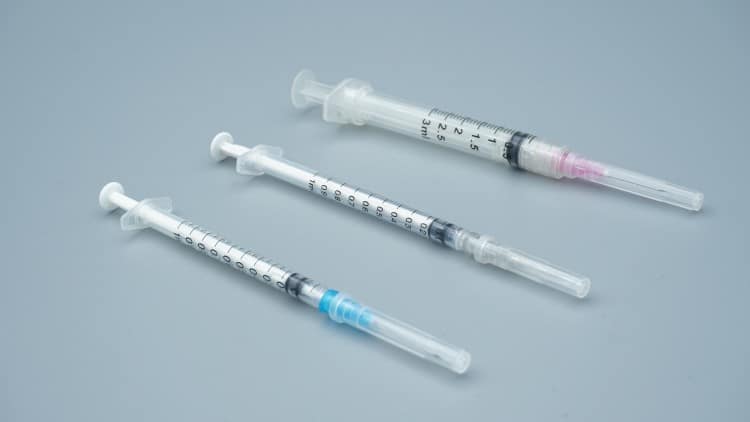
Understanding Syringe Safety Features
Safety-Engineered Syringes
Safety-engineered syringes are designed with built-in mechanisms to prevent needlestick injuries, which affect millions of healthcare workers annually. These devices incorporate safety features that are either passive (automatic) or active (requiring user activation).
Passive Safety Features:
- Automatically activate after injection
- Require no additional steps from the user
- Provide consistent protection regardless of user technique
- Examples include retractable needles that automatically withdraw into the barrel after use
Active Safety Features:
- Require deliberate activation by the healthcare worker
- Include needle shields, sheaths, or guards
- Must be engaged immediately after injection
- Rely on proper training and consistent use
Auto-Disable Syringes
Auto-disable (AD) syringes are single-use devices that automatically lock after one injection, preventing reuse. These syringes are particularly valuable in vaccination programs and settings where syringe reuse might occur due to supply shortages or cost concerns.
Key Benefits:
- Eliminate risk of cross-contamination between patients
- Prevent disease transmission through contaminated equipment
- Reduce the spread of bloodborne pathogens like HIV, Hepatitis B, and Hepatitis C
- Provide clear visual indication when the syringe has been used
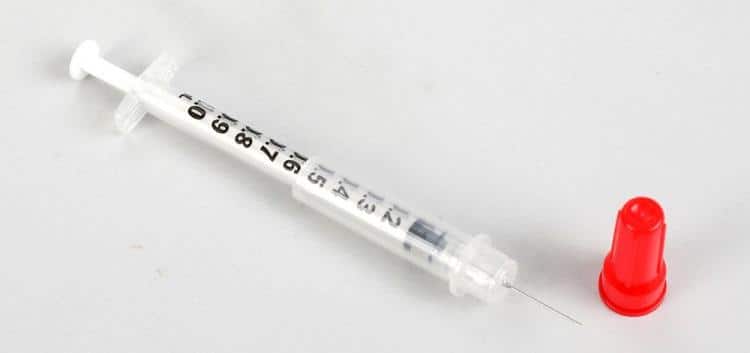
Types of Safe Syringes
1. Retractable Syringes
Retractable syringes feature needles that automatically retract into the barrel after injection, eliminating the exposed needle and reducing needlestick injury risk.
Advantages:
- Immediate protection after use
- No additional steps required
- Suitable for various injection types
- Reduces sharps disposal volume
Considerations:
- Higher initial cost compared to conventional syringes
- Requires proper technique to ensure complete retraction
- May have slightly different feel during injection
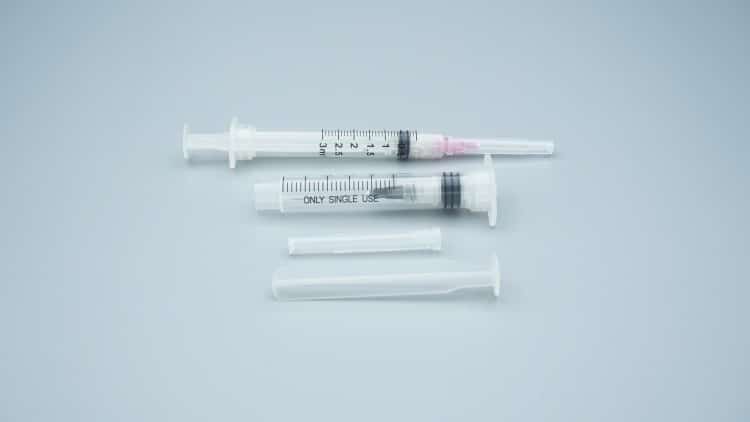
2. Needle Safety Devices
These syringes incorporate removable or sliding safety shields that cover the needle after use.
Types include:
- Sliding sleeve protectors
- Hinged needle guards
- Telescoping sheaths
- Needle caps with locking mechanisms
Benefits:
- Compatible with existing injection techniques
- Can be retrofitted to conventional syringes
- Cost-effective safety solution
- Available in various sizes and configurations
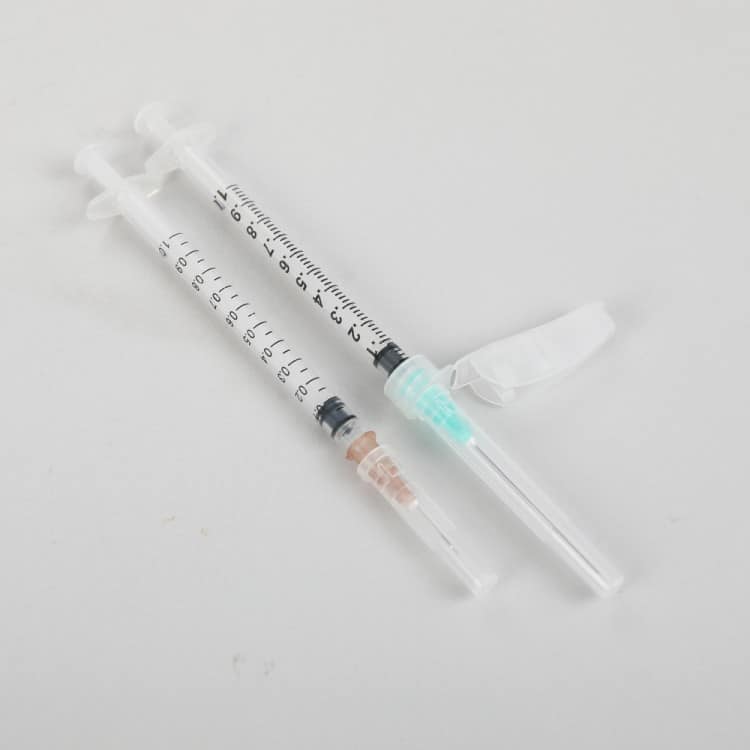
3. Pre-filled Safety Syringes
Pre-filled syringes with integrated safety features combine medication storage with needlestick prevention.
Applications:
- Vaccine administration
- Emergency medications
- High-volume treatments
- Standardized dosing protocols
Advantages:
- Reduced preparation time
- Consistent dosing accuracy
- Lower contamination risk
- Integrated safety features
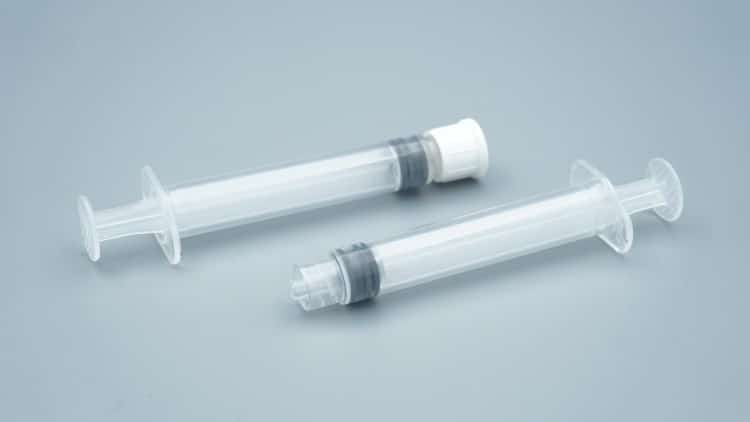
Material Safety Considerations
Syringe Barrel Materials
Medical-grade plastics are the standard for modern syringes, offering several safety advantages:
- Chemical compatibility with most medications
- Transparency for dose verification
- Lightweight and shatter-resistant
- Single-use design prevents cross-contamination
Glass syringes may be necessary for certain medications but require additional safety considerations:
- Breakage risk during handling
- Heavier weight increases handling fatigue
- Requires careful disposal protocols
- May be necessary for chemically aggressive substances
Needle Materials and Design
Stainless steel needles remain the standard due to their:
- Biocompatibility
- Sharpness retention
- Corrosion resistance
- Consistent manufacturing quality
Safety needle designs include:
- Ultra-sharp points for reduced insertion force
- Special tip geometries for specific applications
- Coating technologies to reduce friction
- Color-coded hubs for size identification
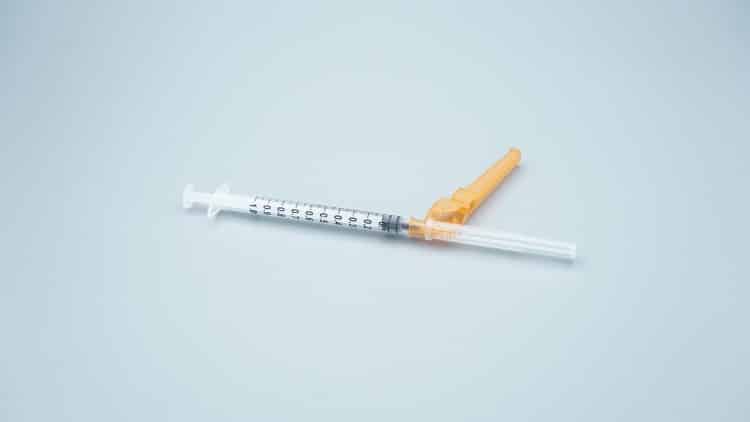
Regulatory Standards and Compliance
International Standards
Healthcare facilities must ensure syringes meet relevant safety standards:
ISO 7886 Series: International standards for sterile hypodermic syringes for single use ISO 23908: Standard for single-use syringes with re-use prevention features WHO Guidelines: World Health Organization recommendations for injection safety
Regional Regulations
Different regions have specific requirements for syringe safety:
- FDA regulations in the United States
- CE marking requirements in Europe
- National health authority standards in various countries
Procurement Considerations
Cost-Benefit Analysis
When evaluating syringe options, consider:
Direct Costs:
- Unit price per syringe
- Volume discounts
- Storage and inventory costs
- Disposal expenses
Indirect Costs:
- Needlestick injury treatment and follow-up
- Staff time lost due to injuries
- Liability and insurance considerations
- Training and implementation costs
Quality Assurance
Procurement teams should verify:
- Manufacturer certifications and quality systems
- Batch testing and quality control records
- Sterility assurance and packaging integrity
- Traceability and recall procedures
Supply Chain Reliability
Consider supplier factors such as:
- Manufacturing capacity and scalability
- Distribution network reliability
- Regulatory compliance history
- Technical support and training availability
Implementation Best Practices
Staff Training
Successful implementation of safe syringes requires comprehensive training:
- Proper usage techniques for each safety device type
- Recognition of device activation and safety features
- Troubleshooting common issues
- Integration with existing workflows
Policy Development
Healthcare facilities should establish clear policies covering:
- Mandatory use of safety-engineered devices
- Proper disposal procedures
- Incident reporting and follow-up
- Regular safety performance reviews
Monitoring and Evaluation
Track key performance indicators:
- Needlestick injury rates
- Device failure rates
- Staff compliance with safety protocols
- Cost per procedure comparisons
Special Considerations for Different Settings
Hospital Inpatient Units
- High-volume usage requires reliable supply chains
- Diverse patient populations need various syringe sizes
- Integration with electronic health records for tracking
- Staff familiarity across multiple shifts
Outpatient and Clinic Settings
- Cost sensitivity may influence device selection
- Limited storage space requires efficient inventory management
- Patient education about safety features
- Simplified protocols for diverse staff skill levels
Emergency and Critical Care
- Rapid deployment requirements
- Compatibility with emergency medications
- Reliability under stress conditions
- Clear visual indicators for quick verification
Future Trends in Syringe Safety
Technological Advances
Emerging technologies include:
- Smart syringes with electronic tracking
- Biodegradable materials for environmental safety
- Enhanced needle geometries for reduced pain
- Integration with digital health systems
Sustainability Considerations
Environmental factors increasingly influence procurement decisions:
- Recyclable components and packaging
- Reduced plastic waste through design optimization
- Carbon footprint considerations in manufacturing and transport
- Life cycle assessment integration

Conclusion
Selecting safe syringes requires balancing multiple factors including clinical effectiveness, cost considerations, regulatory compliance, and staff safety. Safety-engineered syringes, particularly those with passive safety features, provide the highest level of protection against needlestick injuries. Auto-disable syringes offer additional protection against reuse and cross-contamination.
For procurement teams, the initial higher cost of safety syringes is typically offset by reduced injury rates, lower liability exposure, and improved staff confidence. Healthcare students should understand that syringe safety is not just about the device itself, but about the entire system of procurement, training, implementation, and monitoring that ensures consistent protection for both patients and healthcare workers.
The most effective approach combines appropriate device selection with comprehensive training, clear policies, and ongoing evaluation to create a culture of safety that protects everyone in the healthcare environment.



